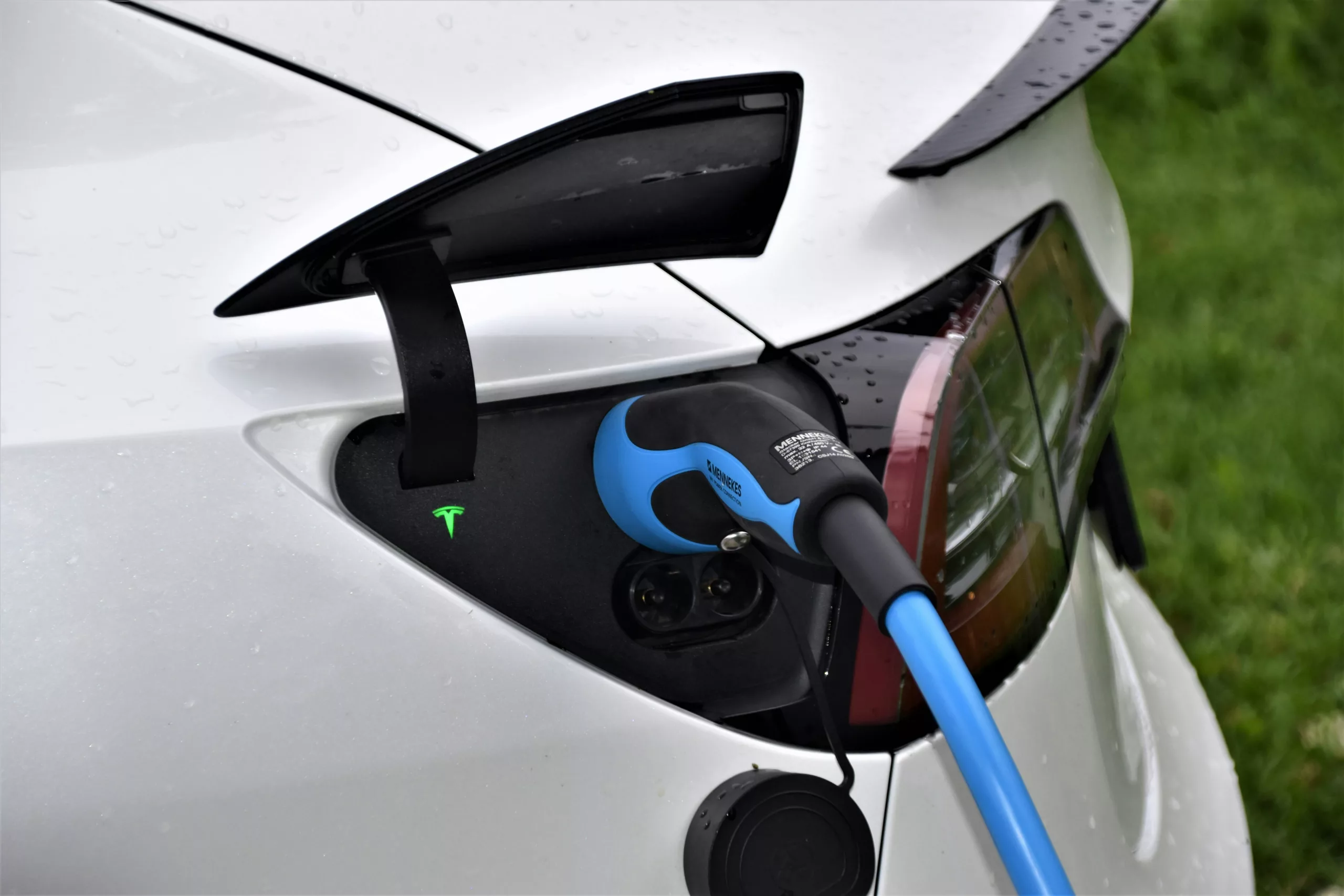Clean and equitable transportation is essential in bridging the gap between communities and the essential services they require. Transportation not only enables connectivity to employment, markets, healthcare, and social activities, but it is also vital for fostering inclusivity. Unfortunately, underserved communities often experience a lack of reliable transportation options, exposing them to the detrimental effects of environmental pollution due to their proximity to industrial zones.
Equal Access to Clean Transportation
To counteract disparities, there is a national movement to revolutionize the transportation sector through electrification, ensuring that every resident, regardless of location or income, has access to eco-friendly and affordable transport alternatives. Active participation from these communities in the planning of such projects is paramount for their success and long-term impact.
Joann Zhou, a leading figure at Argonne National Laboratory, emphasizes the significance of community input: “The case studies outline a roadmap filled with insightful experiences and practices that offer invaluable guidance for those keen on spearheading sustainable electromobility ventures.”
Advancing Sustainable E-Mobility Projects
The Department of Energy‘s Argonne National Laboratory has been at the forefront, crafting a series of case studies showcasing projects that prioritize community-led e-mobility. Electromobility encompasses the use of electric power across various modes of transport, from vehicles to bikes and scooters.
Such initiatives are not merely about increasing transport mediums; they are a keystone in unlocking educational, business, and employment opportunities while concurrently decreasing air pollution and enhancing public health within communities. Patricia Weikersheimer, an Argonne project leader, states, “Projects rooted in deep-seated community involvement from the outset are more likely to gain momentum and achieve their goals.”
Electrifying Transportation in Underserved Communities
Intriguingly diverse, the projects highlighted range from the urban spaces of the Bronx, New York, to the tribal lands of the upper Midwest. They present varied strategies for community betterment, from creating infrastructures like EV charging hubs to electrifying heavy-duty transportation and endorsing low-emission mobility services in areas that traditionally lacked such provisions.
An illustrative example is the Stockton Mobility Collective in California, bringing subsidized and shared e-mobility options to regions with scarce transport facilities through accessible digital platforms. Another notable project is the Bronx Is Breathing, which aims to introduce a public freight charging hub to alleviate air pollution, specifically in a community where children endure asthma rates much higher than the city average, due to intense truck traffic.
Support from the Joint Office of Energy and Transportation
The development of these insightful reports is a collaborative effort headed by Argonne, for the Joint Office of Energy and Transportation’s consortium, aiming to infuse equity into EV infrastructure. The Joint Office is rigorously working towards establishing a widespread network of EV charging stations and zero-emissions transit options while offering expertise and aid to state and local entities.
These transformative steps towards clean, equitable transportation are not just transportation solutions but pathways to healthier, more inclusive communities, where every individual can thrive with better access to jobs, education, and a cleaner environment. Access the full case studies online for more in-depth insights into these impactful projects.
